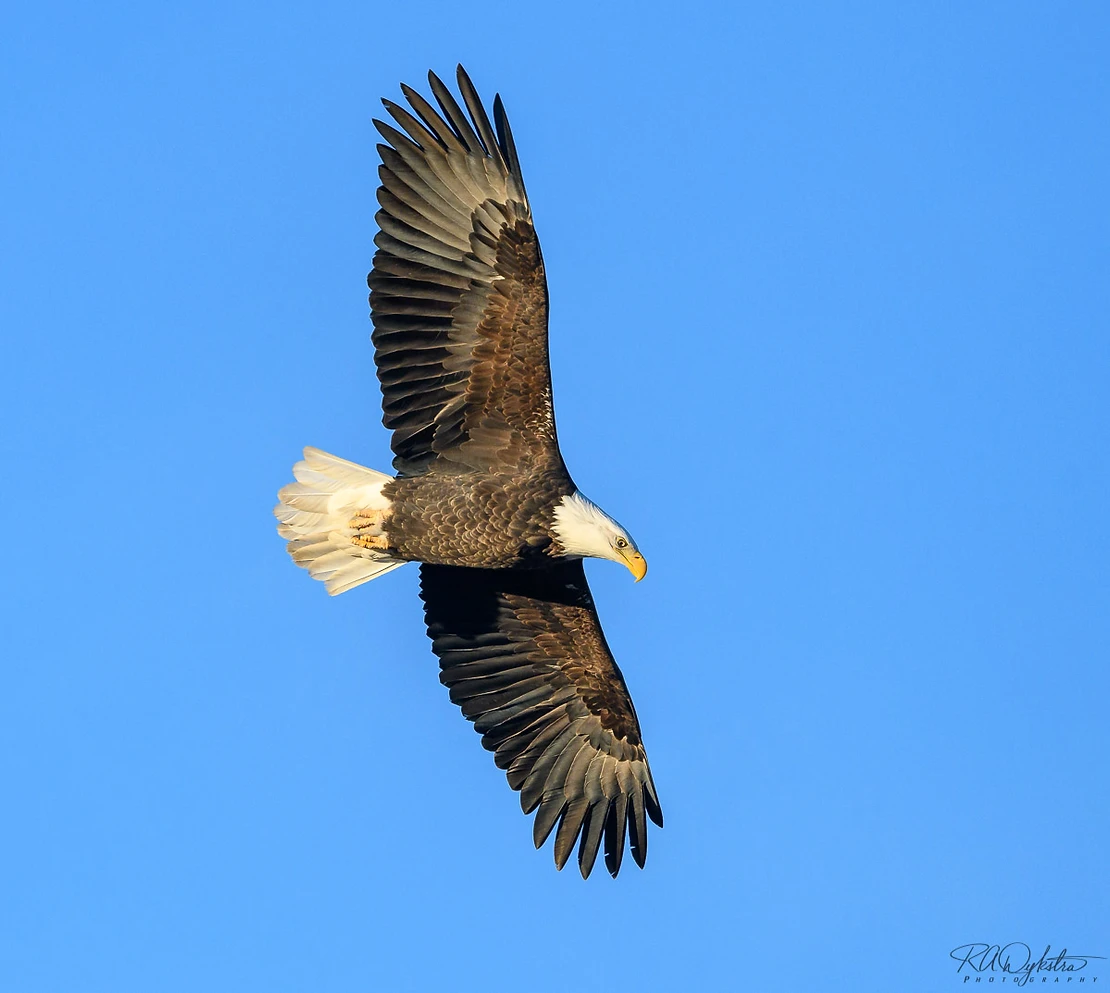Bosque Del Apache Dec 2018

I’ve just completed a very successful trip to Bosque Del Apache, New Mexico, one of the hot-spots for wildlife photographers in the winter season. The weather was very cooperative as the wind remained a mere breeze and temperatures were the normal 20’s at dawn warming up to the balmy 50s, by afternoon. There was quite a large assortment of wildlife. The snow geese however, did not seem as abundant as earlier years. In fact, finding where they roosted at night and thus “Blast-Off” the next morning was difficult. Even the park rangers couldn’t point out areas. Years pass, there were so many geese in the morning air that the sky was dotted for miles and several “blast-offs” occurred daily. The sand hill cranes didn’t disappoint and were quite abundant, as were the raptors. Bald eagles, old and young, Golden eagle, Red Tail hawks, American Kestrel’s, Great Horned Owl, and most abundant were the Northern Harrier hawks.

The Name Bosque Del Apache, literally means “forest of the Apache”. This is an area of low lying riparian “wetlands” that was once a flood plain for the Rio Grande river. Migratory birds would use this as a rest or stopping off place in the winter months. Before man dammed the river (in multiple places), the spring snow melt or the fall and winter rains would cause flash floods and low areas would become small ponds and marshes, providing a lush area for vegetation to grow. In the early to mid 1900s controlling the river caused the wetlands to slowly disappear. The Civilian Conservation Corps began working to restore the floodplains and President Franklin D. Roosevelt directed the US Fish and Wildlife Service to established this wildlife refuge in 1939. The agency now periodically diverts water from the Rio Grande and floods various areas, and they also farm a number of fields with plants conducive to attracting the main bird species, geese and cranes.








These birds then attract predators, such as the raptors, coyotes, mountain lion and even a bob cat or two.




I was leading a group of 10 eager photographers, looking forward to experiencing the variety of wildlife and everyone was delighted with the outcome, with the small exception of finding the morning geese “blast-off”. The park has a large dirt road loop which is cut into two halves by a central artery road. The north loop, traverse past the “flight deck” or we like to call it eagle lake due to the large lone dead tree in the middle which is a favorite for Bald eagles. This lake is central to the car accessible areas and one of the only areas where two way traffic is permitted on the roads.

Keep your eyes keen and head swiveling as you never know what my show up next. Perhaps a deer, or a pair of coyotes, or even a bobcat after a prowl.

A slow traverse along the northern loop and opens up multiple photographic opportunities. Early on you pass by a number fields lined with trees, which are flooded providing habitat for geese, ducks and cranes. Be on the watch in the trees, this is a favorite waiting place for the raptors. One tree in particular seems to be a favorite of the local eagles.

Shortly, you reach a section with wooded areas and both sides of the road. Here watch for northern harrier hawks to be skimming the low trees and bushes looking for breakfast. These hawks dart and swoop close to the ground hoping to find a small rodent or bird.


Next comes the fields which the Park service plants yearly just for the birds. There is a combination of grains, chufa, millet and corn planted to provide ample sustenance for thousands of birds to munch all day long. As you drive you will see hundreds, perhaps thousands of cranes and geese, even turkeys, grazing on the grain. The fields are rotated so as to allow a food source throughout the year. There birds will periodically fly up into the air to find a new site, providing all sorts of photographic opportunities.


Continuing on, you wind your way through a mixture of fields and marsh lands, and continue to see a large variety on animals. Mule deer, blue herons, bald eagles, hawks, coyotes, and all sort of varieties of birds.




Eventually, you work your way back to the flight deck and eagle lake. Just sitting there all you can hear are occasional duck quacks and geese honks, Letting yourself relax, all sorts of wildlife will come to you.

Bosque also has several hiking tails and areas to hike into the wilderness. It is easy to spend the whole day, just circling the roads seeing new sights all the time. As the day winds down then the color pops. New Mexico Sunsets are renown to be spectacular!


Several days can be spent, because there is so much to see, completely different each morning!
Some parting photos.











No comments:
Post a Comment